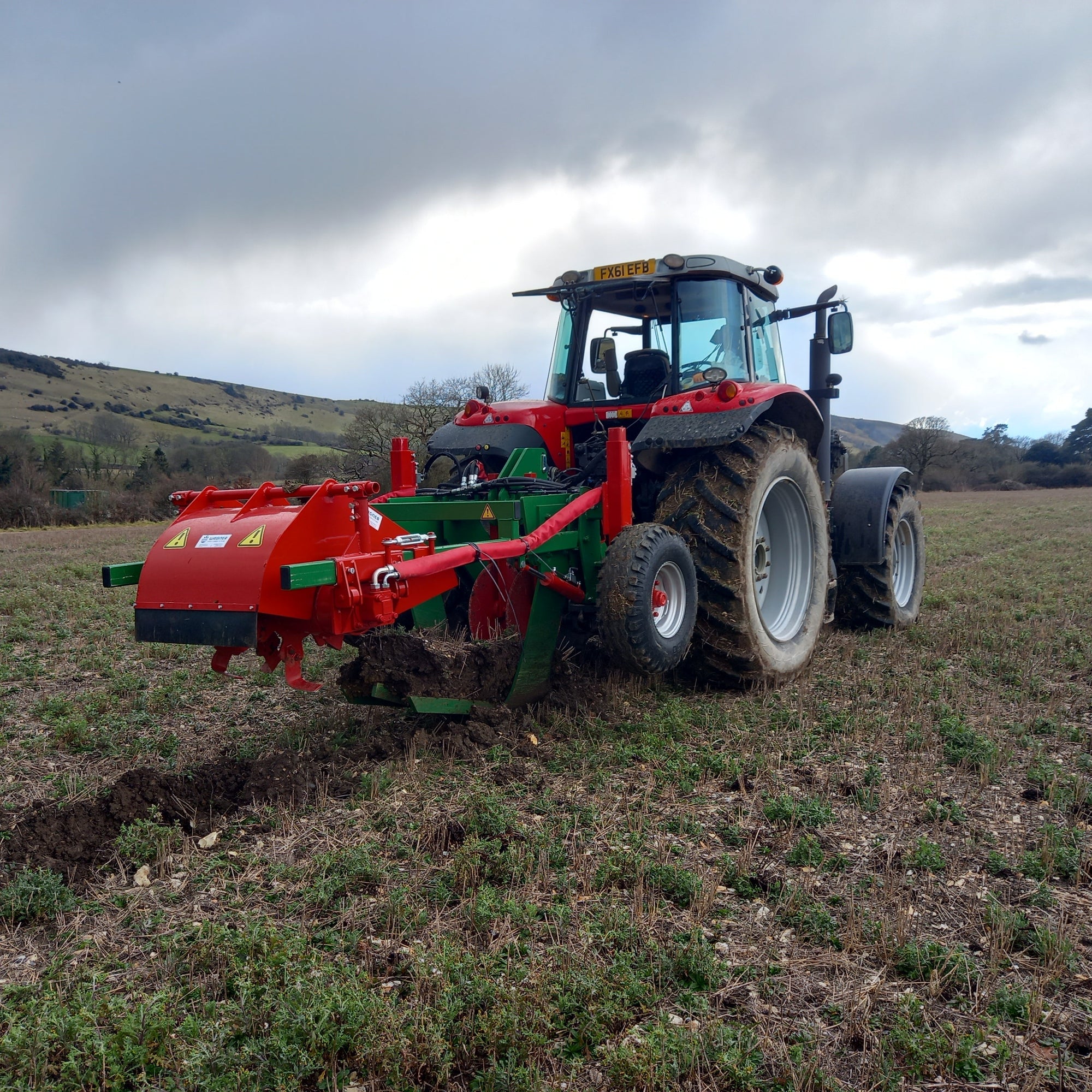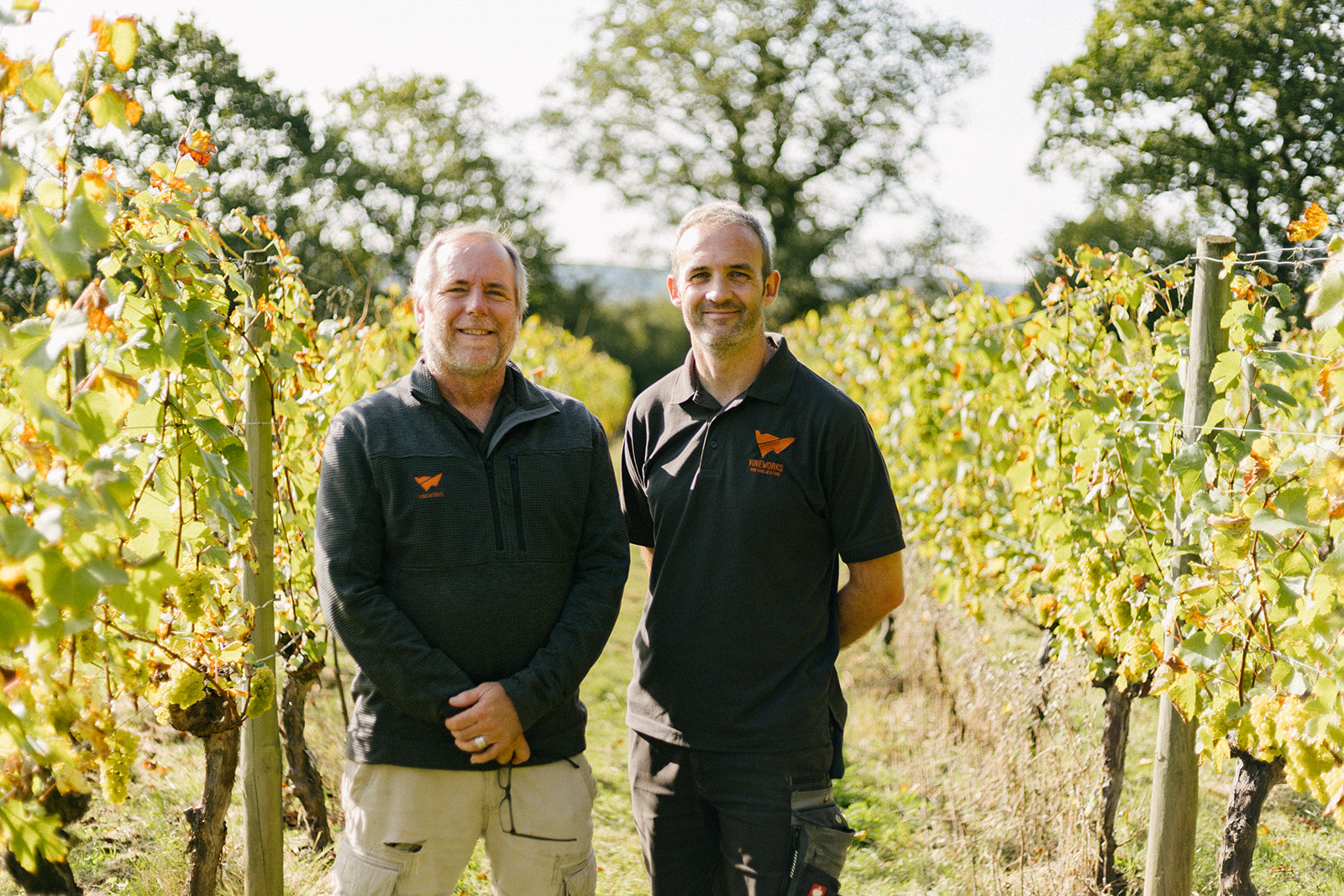

Balancing Acidity: Vineyard Practices for Better Wine
As harvest draws to a close and the winemaking season begins, it is worth pausing to reflect on how decisions made in the vineyard shape the juice that fills the press. Every choice, from where vines are planted to how they are pruned, influences grape composition. Among these factors, acidity is one of the most decisive, underpinning wine’s freshness and balance.
Why Acidity Matters
Acidity gives wine lift and brightness, counterbalancing sweetness and bitterness. Without it, wines risk tasting flat; with too much, they become harsh. Tartaric acid provides structure, malic acid contributes sharpness (especially in cool climates like the UK), and acetic acid, while unavoidable in small amounts, becomes a spoilage risk if it rises too high. Managing these acids starts in the vineyard. Achieving balance requires foresight, since acidity levels cannot be fully corrected later without sacrificing complexity or finesse.
How Acidity Develops
Acid concentrations change dramatically during ripening. Both tartaric and malic acids accumulate until veraison. Afterwards, tartaric stabilises while malic declines as sugars increase, especially under warm conditions. In the UK’s cool climate, malic acid tends to persist, resulting in naturally high acidity. This favours sparkling wine production but can be challenging for still wine growers seeking balance. Winemakers can intervene with adjustments in the cellar, but the scope for correction is limited compared with the influence of thoughtful vineyard management. The closer the fruit enters the winery to its desired profile, the more authentic and expressive the finished wine will be.
Vineyard Strategies for Managing Acidity
The foundation of balanced grapes is site selection. Poorly placed vineyards - those that are shaded, frost-prone, or planted at too high altitude - struggle to ripen fruit. Once a good site is secured, variety choice matters. Traditional sparkling varieties (Chardonnay, Pinot Noir, Pinot Meunier) ripen reliably in the UK’s short growing season, while disease-resistant PIWI hybrids offer exciting prospects for still wines, combining resilience with quality potential.
Rootstocks, clones, and planting density all influence ripening. Excessive vigour leads to shading and delayed maturity, so careful choices here are vital. Canopy management practices like shoot thinning and leaf removal improve sunlight exposure and airflow, supporting both ripening and disease resistance. Cover crops can further reduce vigour, while winter pruning helps control crop load and maintain open fruiting zones. The common thread is balance: vines must have enough energy to ripen fruit, but not so much that growth overwhelms quality. Over time, these measures allow acidity to soften while sugars rise to desirable levels, creating harmony in the fruit.
Preventing Issues
Sour rot, often caused by insect or fungal damage, creates entry points for acetic acid bacteria. Prevention hinges on healthy canopies, careful trellising, and integrated pest management rather than overreliance on sprays. Grapes should also be harvested and transported with minimal damage to reduce bacterial activity and oxygen exposure. Even small lapses at this stage can quickly compromise juice quality, underlining how critical vineyard diligence remains right up to harvest.
The Bigger Picture
Climate change is shifting the balance. While UK grapes typically carry high acidity, warmer vintages have already shown how quickly levels can drop. Adaptive vineyard practices and close monitoring will be essential to maintain balance in the future. As summers grow hotter, managing shading, water stress, and crop loads will become just as important as maximising ripeness to ensure UK’s wines remain distinctive for their clarity and freshness. For growers, this means planning, not just for the vineyard’s current performance, but also for its resilience in a changing climate.
Final Thoughts
Acidity management starts in the vineyard. Every decision shapes balance in the glass and, ultimately, wine quality. At VineWorks, we are proud to have been supporting UK vineyards in this journey since 2006, helping growers one vine at a time.
Key Takeaways for Managing Acidity
- Choose well: Site, variety, and rootstock determine the base.
- Manage vigour: Planting density, cover crops, and pruning keep growth in check.
- Maximise light: Trellising, leaf removal, and shoot thinning aid ripening.
- Protect fruit: Managing canopies and pests reduces rot and acetic acid.
- Harvest smart: Handle gently and move quickly to the winery.



